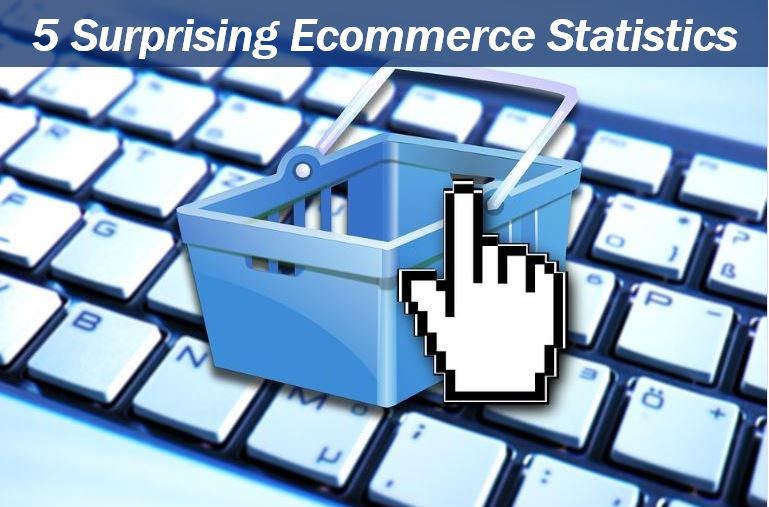
If you’re wondering where this jump will come from, it’s not predicted to be the result of more and more retailers selling products online. In fact, the boost is predicted to happen from one singular source: Amazon. Even back in 2016, over 80% of adults online in the United States had bought something from Amazon – and half of them used the site for research before making a purchase.
This means that, If e-commerce continues to grow (and it will), you can be sure that Amazon is growing (thriving), too.
And, while Amazon is powerful enough to scare even some of the best-performing online retailers (it accounts for 53% of online sales growth in the United States in 2018), it’s effect is proving lethal to brick-and-mortar retailers, who are “stuck in a dangerous cycle of falling foot traffic, declining comparable-store sales, and increasing store closures.” With nearly 9,000 retail stores expected to close in the United States in 2019 (which is higher than the previous two years combined), it’s a good idea to understand exactly where digital commerce is right now – and where it’s heading.
The Ever-Increasing Number of Digital Buyers
This year, experts estimate that there will be a total of 1.92 billion buyers online. With that many potential customers online, the fight to secure sales has become even more fierce in the digital space. If nearly 25% of the entire global population is online and ready to buy, how difficult could it be to succeed with a digital business?
Surprisingly, it’s more difficult than you might imagine.
Even with the potential of there being 2.14 billion digital buyers around the world by 2021, online retailers have to be smart in order to keep those sales from going to Amazon, and other online behemoths. (You know their names.)
Surprising? If it is, then hold onto your seat, because these next 5 ecommerce statistics are even more so.
5 Ecommerce Statistics That Will (Genuinely) Surprise You
- Shopping. 13.7% of retail sales worldwide are expected to take place online in 2019. With ecommerce clearly cornering more of the market, it’s more important than ever for retailers to find a way to not just get online – but be effective online. By 2021, the same experts predict that worldwide online sales will hit 17.5%.
- Small Business. Surprisingly, just under half of all small businesses in the United States still don’t have a website. While possible to still attract sales, with each year that passes the odds become worse. If small businesses want to have a chance at competing, they need to get online as quickly as possible (and with a digital strategy to boot). This creates a huge growth opportunity for e-commerce software in the future.
- Mobile. In 2019, it’s expected that 67.2% of all digital sales will take place on mobile devices. An already impressive statistic, this number is predicted to grow to 72.9% by the year 2021. This means that if your website isn’t responsive, or if it doesn’t make shopping from a mobile device easy, you’ll miss out on sales.
- Conversion. If you don’t already know, getting your business online isn’t enough. In fact, it’s far from it. On average, only 2.86% of visits to an ecommerce website actually convert into a purchase. Another way of putting it is that if 34 people hit your website, only one of them will buy something. By focusing on conversion rates, you can dramatically improve how your online business performs. Even going from 2% conversion to 4% still means you’ve doubled your sales – and that’s huge in terms of profit.
- Future. One of the most interesting statistics, the one that will drive the future of e-commerce, is that, even though more people are accessing websites on mobile devices, mobile sales, especially in the United States, still lag. Around the world, mobile sales still fall behind desktop sales, and to the tune of $1 trillion. And, when looking at conversion rates, the mobile conversion is less than 50% of desktop conversion. Companies that will succeed online in the future are those that continue to innovate ways to make shopping from a mobile device as convenient and simple (if not more so) than from a desktop.
So, while Amazon continues and will continue to be the major driving factor behind online sales, considering the massive number of customers ready to buy online, there’s plenty of potential for every online business. And, according to the numbers, if you want your business to get ahead, it’s time to turn your attention to mobile sales, focusing on ways to make the experience as simple and streamlined as possible for your potential customers.
